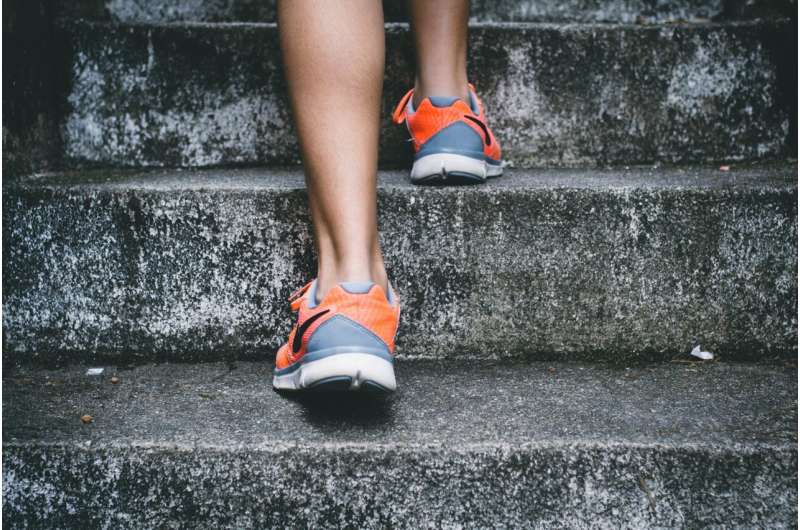
Girls in secondary school are less likely than boys to enjoy or engage with tests designed to curb obesity and inactivity, according to new research published in the peer-reviewed journal Physical Education and Sport Pedagogy.
Running middle-distances such as a mile (1.8km) was rated by female pupils as their most unpopular fitness activity according to the findings based on a survey of more than 500 primary to pre-university students in Singapore.
The authors say teachers need new strategies to help young women engage with exercises used by schools to assess stamina and teach healthy lifestyles. With the Tokyo Olympics just finished, the findings are likely to fuel the debate around girls’ participation in exercise.
The researchers found that pupils aged 11 to 19 had a positive view overall of fitness testing. But they were more likely to see the value if they took pleasure in the challenges and teachers made them fun.
Music, video, how to buy inderal au no prescription working in pairs, self-assessment and all-female classes are among the researchers’ recommendations for making running more pleasurable, and fitness testing in general.
“Students’ experience of enjoyment in fitness testing was a key factor for their positive perceptions of fitness testing,” says Dr. Masato Kawabata, of the National Institute of Education, Nanyang Technological University in Singapore, from the team of authors.
“Therefore, it’s paramount that PE teachers use suitable teaching strategies to provide enjoyment in fitness testing especially for the secondary females who were least motivated.
“Future studies to explore the adoption of a healthy, active lifestyle into adulthood due to fitness testing participation in school PE are warranted.”
Fitness tests usually take place in physical education (PE) lessons, measure heart and lung performance, and are aimed at curbing obesity and sedentary behaviour which are global health issues. The aim is to promote learning and positive perceptions about activity, and maintain/improve fitness levels.
However, few studies exist into what motivates students in relation to these physical health measures, and some question their value altogether. Other evidence suggests testing pupils in front of their peers causes them embarrassment, and the assessments can be meaningless if they find the activities boring.
This study surveyed 221 male and 328 female students who attend state-run schools and participated in Singapore’s national mandatory fitness test (National Physical Fitness Award or NAPFA) which includes sit-ups, push-ups and running.
The survey analysed students’ views of fitness testing in relation to motivation, enjoyment, feelings, understanding and their teacher’s role. They were asked to rate statements such as ‘I feel guilty when I don’t participate in NAPFA’ and ‘I liked sit-ups’ on a scale from ‘strongly disagree’ to ‘strongly agree’.
Results showed primary school children had more positive perceptions than secondary and pre-university pupils. Middle distance running (2.4km and 1.6km) was the least popular test item, especially with female secondary school students.
Compared with secondary pupils, pre-university female students gave higher scores for their teacher being a positive role model. The authors say this suggests PE teachers had a positive influence on their perceptions of fitness testing.
Running has important health benefits and is convenient so the authors say new approaches are needed to motivate pupils who are least interested.
In separate findings published in the same journal, researchers from the School of Sport, Exercise and Rehabilitation Sciences at the University of Birmingham have found that physical activity can be improved by online interventions, such as ‘exergames’ on mobile phone apps, on consoles such as PlayStation and Nintendo Wii.
Their review study is one of the first to examine not only the impact of online interventions on physical behaviours in non-clinical groups of young people but the effects of digital mediums on physical activity knowledge, social development and improving mental health.
The team led by Dr. Victoria Goodyear analysed 26 studies and found the majority (70%) reported an increase and/or improvement in outcomes related to physical activity for children and young people who participated in online interventions. Primary school age pupils in particular who participated during PE lessons benefited.
Source: Read Full Article
